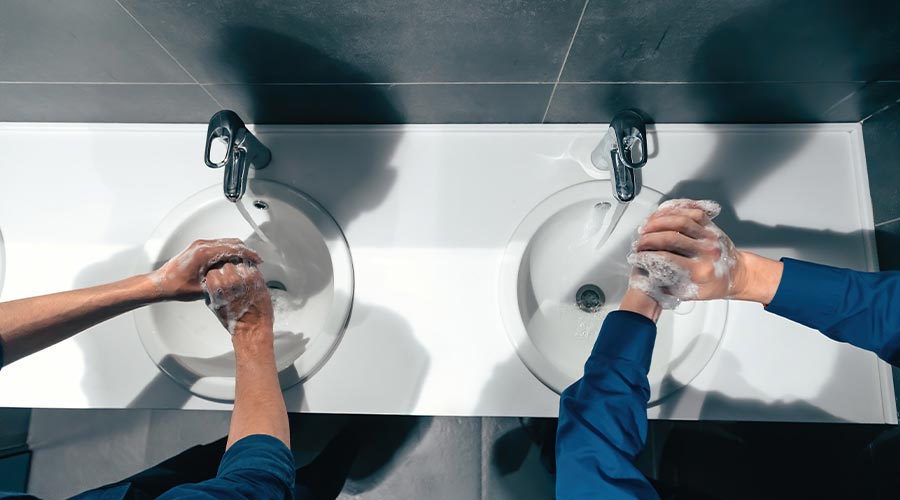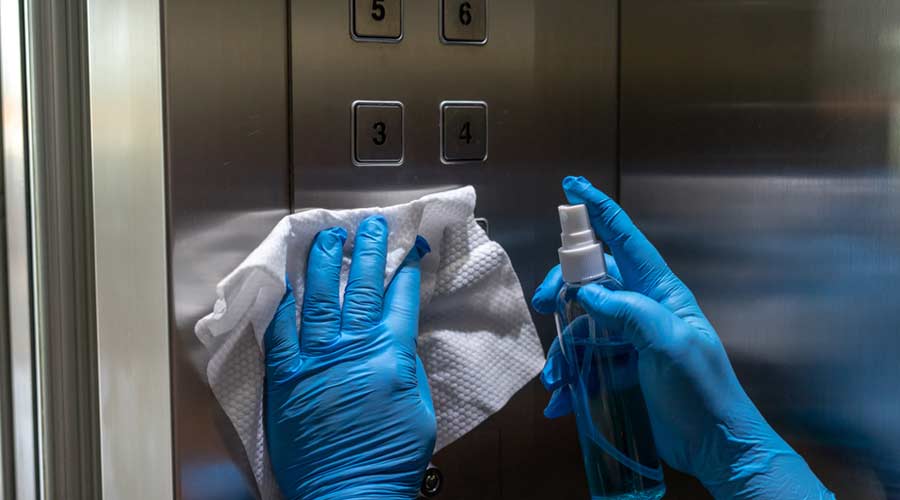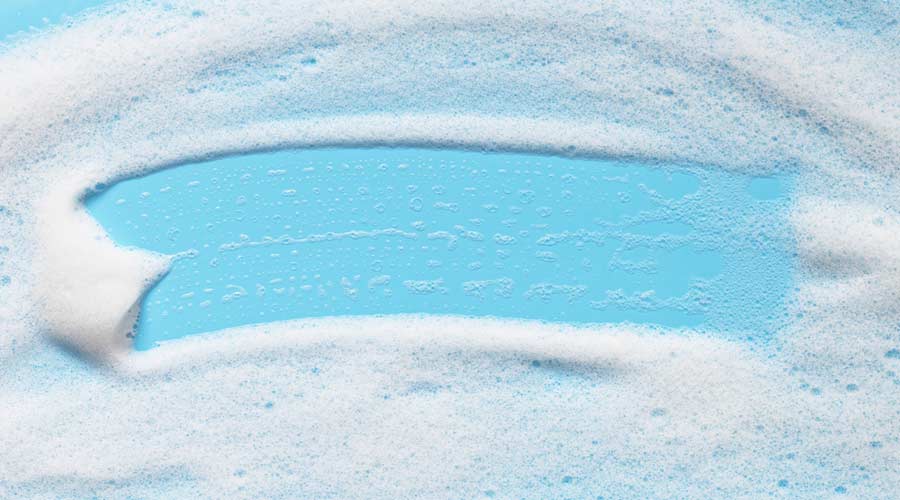
The year is 2025, and hand hygiene remains a cornerstone of infection prevention and control in virtually any facility. For building service contractors (BSCs), effectively addressing hand hygiene in their proposals is crucial when it comes to winning contracts and demonstrating a commitment to client health and well-being.
To help BSCs, Contracting Profits has outlined and examined 10 key components that should be included in any Request for Proposal (RFP) pertaining to a hand hygiene program. Though many hand hygiene strategies fall under the tent of “common sense”, it’s worth a reminder that good health and safety starts with the hands. And a strong RFP assures facility clients that the contractor will maintain high standards for cleanliness, product availability, and overall hygiene.
1. Scope of Services
Clearly define the scope of hand hygiene services required, extending beyond basic product provision. This should encompass product supply. Specify required products, including hand soap (liquid, foam, bar), hand sanitizers (alcohol-based, antimicrobial), and hand drying options (paper towels, air dryers).
Define the number and locations of dispensers based on facility traffic patterns and risk assessments. Outline regular refill schedules for all dispensers to ensure consistent product availability.
Prepare emergency re-stocking procedures: Outline the procedures and policy for expedited restocking in case of unexpected shortages or increased demand, or possible disruptions within the supply chain.
2. Quality Standards
It is essential to create cleanliness metrics. This includes defining standards for cleanliness (e.g., sinks, faucets, and soap dispensers must be visibly clean and free of residue). Include inspection protocols that outline the process for monitoring and reporting cleanliness, such as the use of checklists or digital tools for logging inspections. Finally, specify requirements for sanitizing high-touch surfaces such as faucet handles, soap dispensers, and paper towel dispensers.
3. Product Specifications
Go above-and-beyond basic product requirements. Talk about efficacy: Specify the required antimicrobial efficacy against common pathogens. Require and emphasize products that are gentle on the skin and minimize the risk of irritation or dryness while maintaining effectiveness.
RFPs should include recommendations for upgrades, such as touchless soap dispensers, hand dryers, or faucets, to improve hygiene. Also encourage the use of Internet of Things (IoT)-enabled devices that provide real-time data on supply levels and usage patterns.
“The past few years have taught us a valuable lesson about the volatility of the supply chain,” says Brian Lockwood, vice president at GDI Integrated Facility Services. “We've seen firsthand how disruptions can impact access to essential hand hygiene products. That's why it's crucial to build redundancy into our programs. We work closely with our distributors to diversify our sourcing, explore alternative products, and maintain adequate stock levels to ensure we can meet our clients' needs, no matter what challenges arise. Being proactive and adaptable is key.”
4. Education and Training
Comprehensive training programs can be a useful way to prepare all facility staff on proper hand hygiene techniques, including the correct use of soap and water, hand sanitizer application, proper drying, and how hand hygiene can prevent the spread of germs. Require the development and distribution of educational materials, such as posters, brochures, and videos, to promote awareness of hand hygiene best practices among all building occupants. Emphasize the need for ongoing training and education to reinforce best practices and address any emerging challenges.
“For our clients, especially in healthcare and education, hand hygiene isn't just a box to check — it's a critical component of their overall infection control strategy,” says Lockwood. “They're looking for a partner who understands the science behind it, can demonstrate expertise, and offers a program that's not only effective but also easy to implement and maintain.”
5. Monitoring and Evaluation
Include a process for data collection on product usage, hand hygiene compliance rates, and the incidence of infections depending on available sensors and data collecting devices. Define key performance indicators (KPIs) for evaluating the effectiveness of the hand hygiene program and employee feedback. Also, require regular reporting on KPIs and the use of data analysis to identify areas for improvement.
“Tracking product usage, monitoring compliance rates, and even looking at infection rates (where applicable and with client permission) allows us to show our clients the positive impact we're making,” describes Lockwood. “Data-driven insights help us refine our programs, address any weak points, and ultimately deliver a better, more effective service.”
6. Sustainability Considerations
Prioritize products with minimal environmental impact, such as those with eco-friendly makeup or packaging, concentrated formulas, and plant-based ingredients. Ensure all products comply with relevant regulatory standards, such as those set by the U.S. Environmental Protection Agency (EPA) and the Food and Drug Administration (FDA), among others.
Explore strategies for reducing waste, such as using concentrated hand soap refills, implementing recycling programs for used containers, and minimizing the use of single-use plastics. Likewise, encourage the use of recycled paper products for drying.
7. Budgeting
Include detailed pricing that itemizes hand hygiene-related services and products. Include a breakdown of costs for maintaining dispensing equipment or replacing defective units.
8. Reporting and Documentation
Require a system for tracking hand hygiene supply levels and cleanliness, including regular reports on product usage/supply, dispenser maintenance issues, and response time to malfunctions or user complaints. This ensures transparency and accountability and provides valuable data for program evaluation and improvement.
9. Emergency Preparedness
Address the need for contingency plans in the event of unexpected surges in restroom use/demand and how they will ensure hygiene standards are maintained. This may include the need to procure additional hand hygiene supplies, the implementation of enhanced or specific cleaning and disinfection protocols, and the mobilization of emergency response teams.
10. Client Satisfaction and Feedback
Emphasize the importance of client satisfaction and feedback. This may include provisions for regular client feedback surveys, ongoing communication channels, and opportunities for clients to provide input on the effectiveness of the hand hygiene program.
By incorporating these ten essential components into their RFPs, facility managers can ensure that they select cleaning partners who prioritize hand hygiene and deliver comprehensive, effective, and sustainable solutions. This comprehensive approach will ultimately contribute to a healthier and safer environment for all building occupants.
Jackson Silvanik is the managing editor of Contracting Profits, Sanitary Maintenance, and Facility Cleaning Decisions magazines, as well as CleanLink.com.

 The Down and Dirty on Cleaning in Virus Season
The Down and Dirty on Cleaning in Virus Season How Surfactant Use is Expanding in Commercial Cleaning
How Surfactant Use is Expanding in Commercial Cleaning Operational Excellence Series 2025: Better Budgeting
Operational Excellence Series 2025: Better Budgeting
